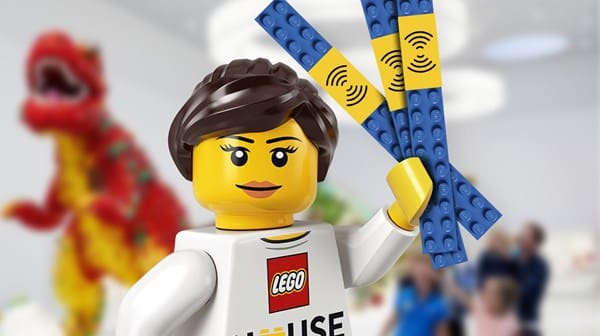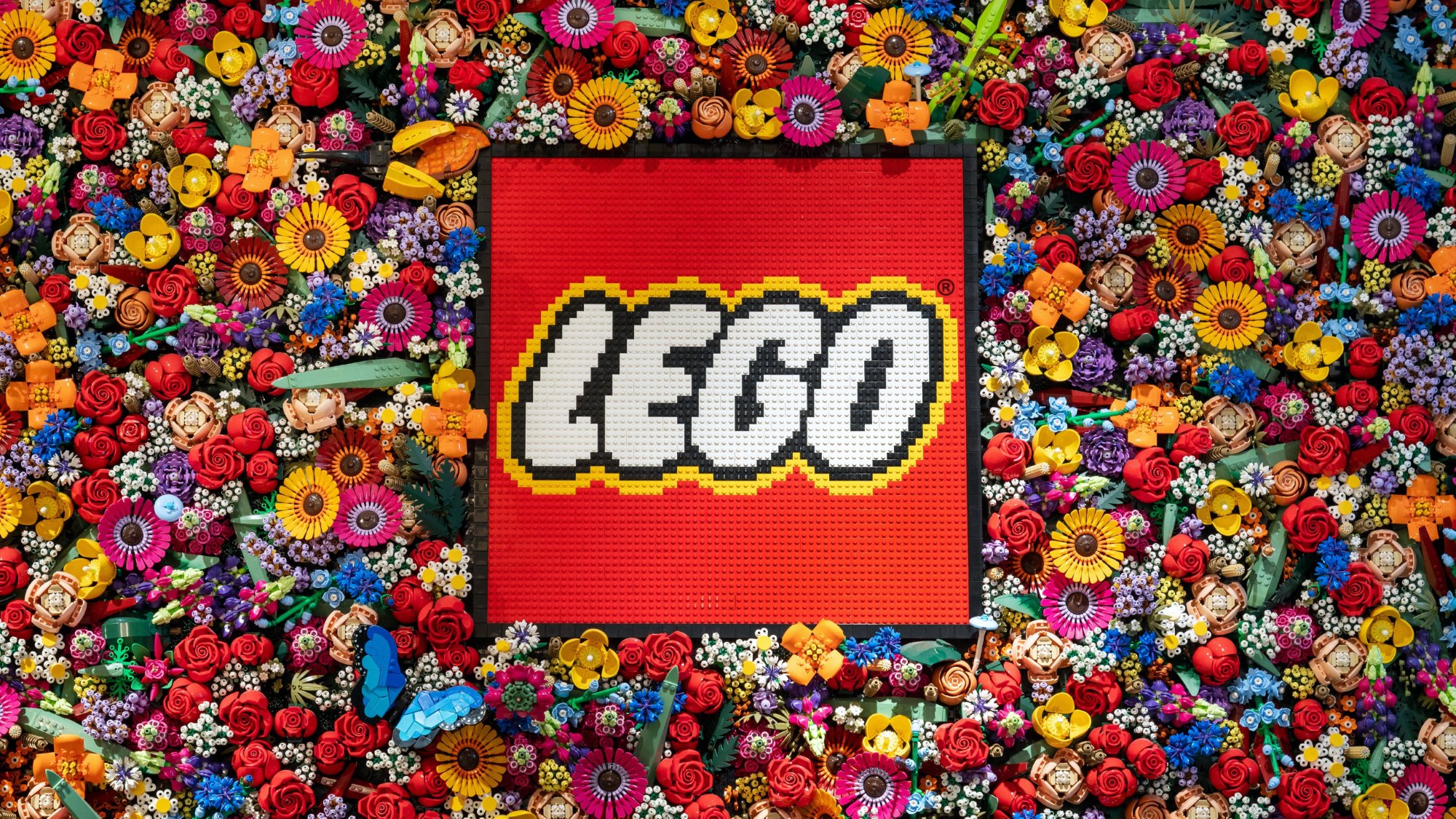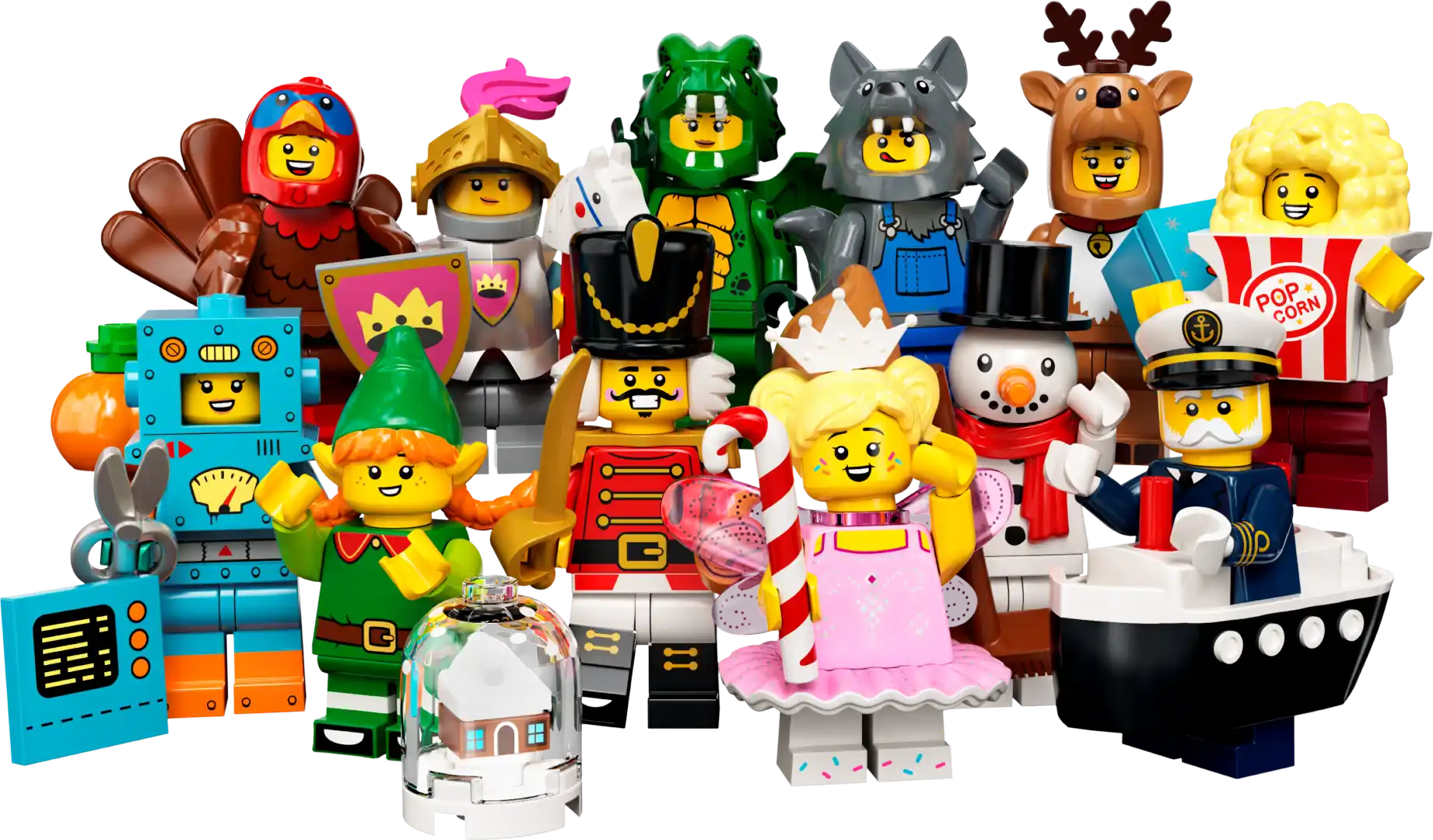
Minifig Gift Packs: quick bundles for every personality
Introduction – stop guessing and start gifting Every December I promise myself I’ll avoid the last-minute gift dash. Then I stare at my list, blank.

LEGO is a well-known and beloved toy that has been a staple in children’s playrooms for generations. However, it is also a valuable educational tool that can be used to teach children about science, technology, engineering, and math (STEM) subjects. By using LEGO as a teaching tool, educators can engage students in STEM education in a fun and interactive way. In this article, we will explore the benefits of using LEGO in the classroom and offer some tips for educators who want to incorporate LEGO into their STEM curriculum.
Why LEGO is a valuable teaching tool for STEM education?
There are several reasons why LEGO is an excellent teaching tool for STEM education. First and foremost, it is a hands-on, interactive tool that engages students in active learning. When students are building with LEGO bricks, they are using their hands and their minds to create something new. This type of learning is much more engaging than simply reading a textbook or listening to a lecture.
Secondly, LEGO is a versatile tool that can be used to teach a wide range of STEM subjects. For example, educators can use LEGO to teach physics by having students build simple machines, such as levers and pulleys. They can also use LEGO to teach math by having students count and measure the bricks they are using. Additionally, LEGO can be used to teach computer programming by introducing students to the basics of coding.
Finally, LEGO is a tool that students are already familiar with and enjoy using. Many students have played with LEGO bricks at home and are excited to use them in the classroom. By using LEGO as a teaching tool, educators can tap into this enthusiasm and create a positive learning environment.

Tips for using LEGO in STEM education
If you are an educator who wants to incorporate LEGO into your STEM curriculum, here are some tips to get you started:
LEGO-based learning can be a game-changer for students who may struggle with traditional classroom settings. Hands-on, interactive learning with LEGO can help students better understand abstract concepts and apply them to real-world scenarios. Additionally, LEGO-based learning can help students develop important skills such as problem-solving, critical thinking, and collaboration.
Another benefit of using LEGO in STEM education is that it can help bridge the gender gap in STEM fields. Research has shown that girls are often discouraged from pursuing STEM fields because they do not see themselves represented in these fields. However, LEGO has been shown to be a tool that appeals to both boys and girls and can help encourage girls to pursue STEM education and careers.
In addition to being a teaching tool, LEGO can also be a fun way for students to explore STEM concepts outside of the classroom. LEGO sets and kits can be purchased for home use, and there are many online resources and communities dedicated to LEGO-based learning.
In conclusion, LEGO is a valuable teaching tool for STEM education that can engage students in hands-on, interactive learning. By following the tips outlined in this article and exploring the many possibilities of LEGO-based learning, educators can help their students develop a love for STEM subjects and prepare them for success in the 21st century

Introduction – stop guessing and start gifting Every December I promise myself I’ll avoid the last-minute gift dash. Then I stare at my list, blank.

“Play is not frivolous. It is how we learn.” Those words from the late educator Seymour Papert echo through LEGO’s history. On 26 June 2025, TIME put that idea

I remember the first time I came across a suspicious minifigure. It felt light in my hand, and the print on its torso looked slightly

There’s something satisfying about building a unique character from a few simple bricks. Maybe you want a figure that looks like your favorite video game
© 2022 All rights reserved. LEGO® is a trademark of the LEGO Group of companies which does not sponsor, or endorse our products
Made with ❤ by Minifig.biz